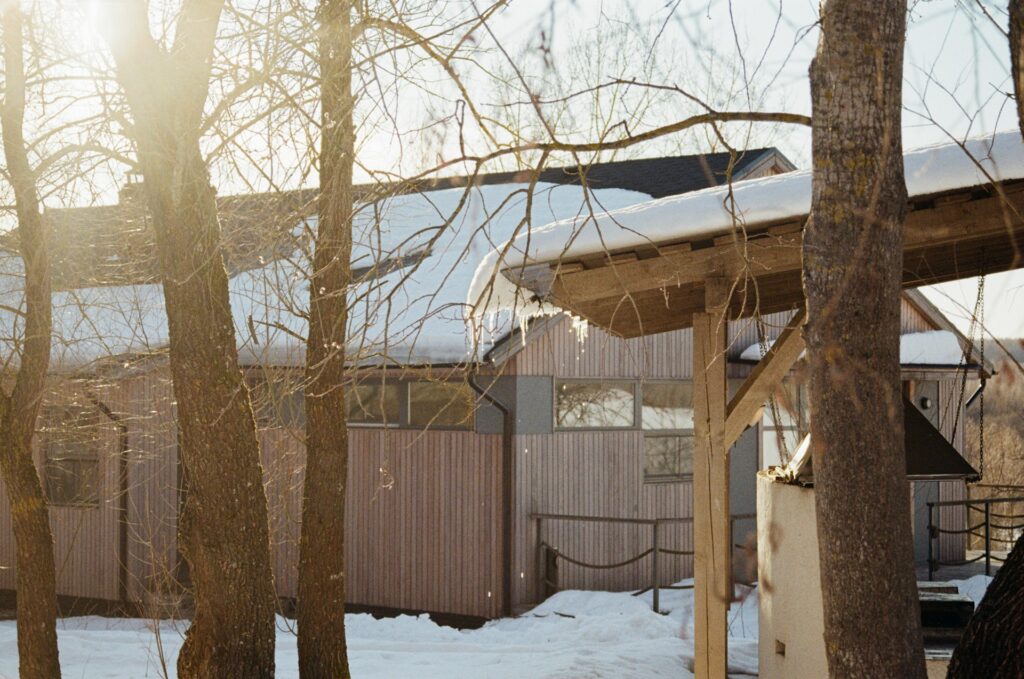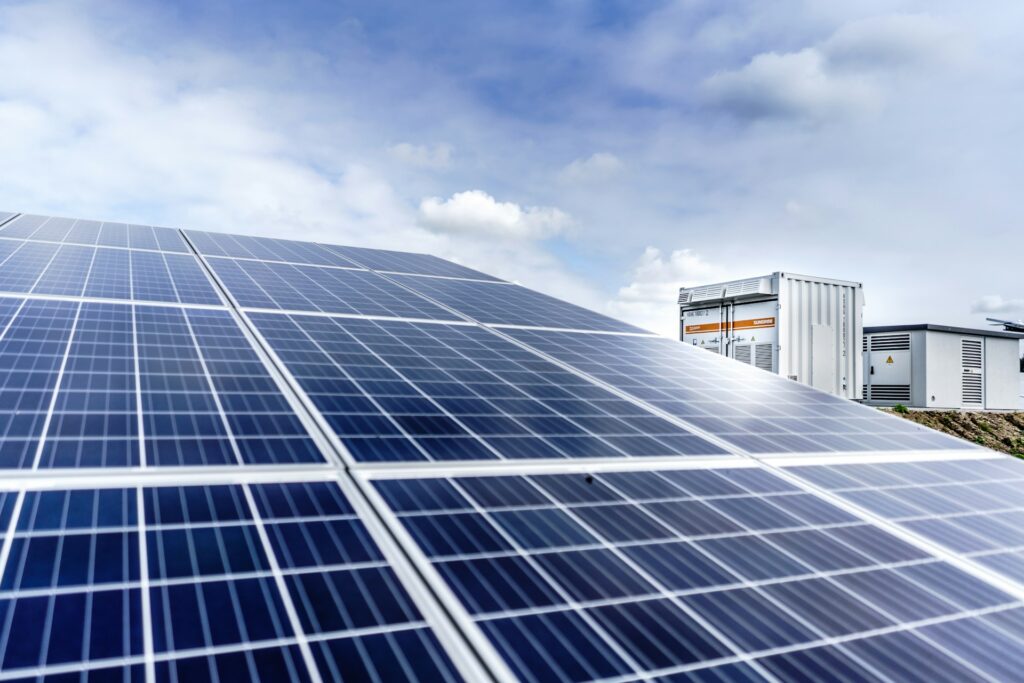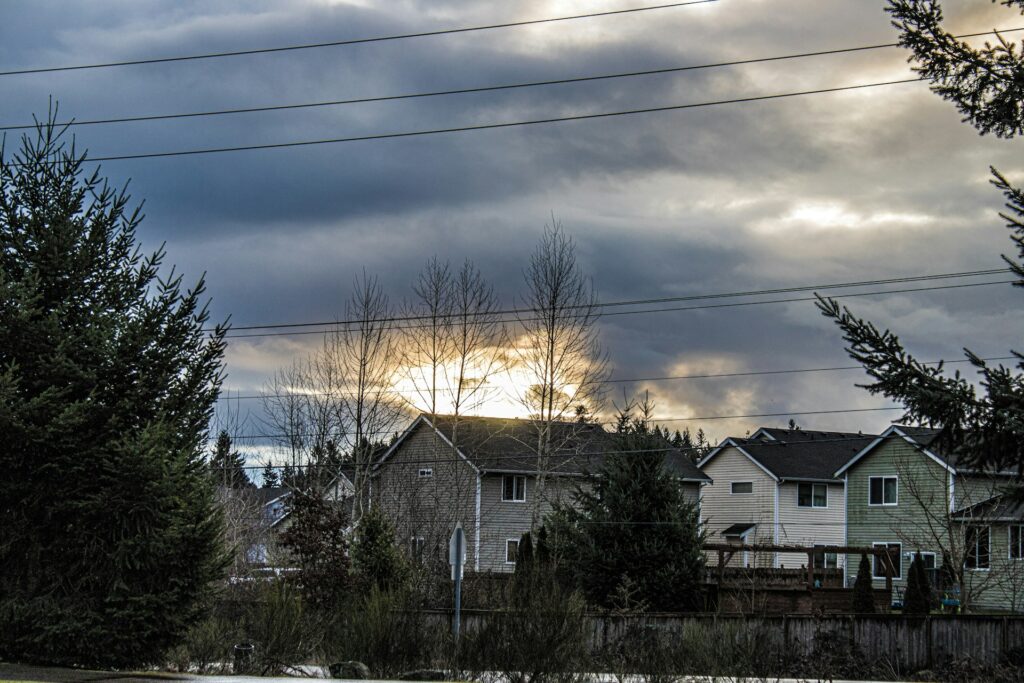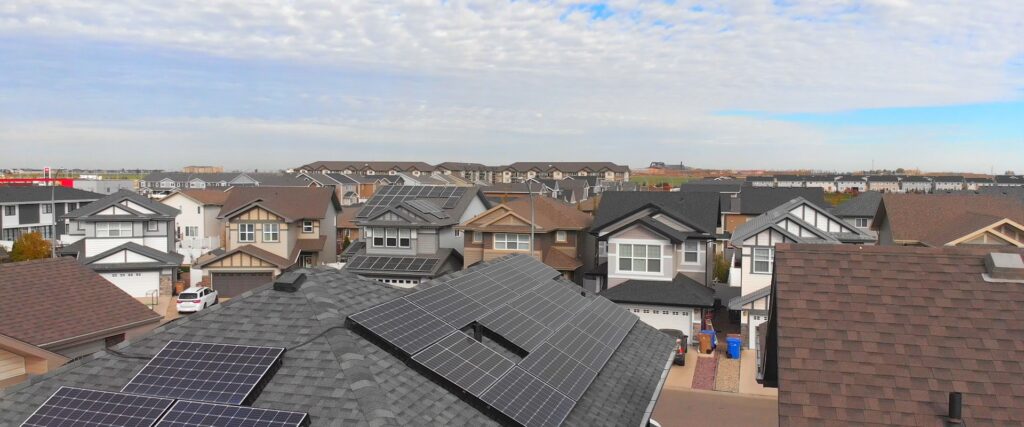Drive through rural Minnesota in late summer and you’ll see more than cornfields. Between red barns and grain silos, rows of glassy panels now tilt toward the sun. They aren’t part of some tech experiment, they’re solar panels for farms, and they’re helping farmers cut costs and stay independent in ways that would’ve sounded impossible a decade ago.
In short, these panels turn sunlight into electricity that powers barns, irrigation pumps, and even tractors. The idea is simple: make your own energy instead of buying all of it. But the results? That’s where things get interesting.
Why Minnesota Farms Are Turning to Solar
Energy Prices That Keep Farmers Guessing
Farmers are planners by nature. They can forecast yield, track rainfall, and even predict when the calves will arrive. The one thing they can’t count on is their power bill.
With fans, refrigeration, and lighting running around the clock, energy costs can swing wildly. Many farmers say solar finally gives them something rare: predictability. Once panels are up, monthly expenses stop jumping every time utility rates rise.
Policies That Make It Easier
Minnesota has quietly become one of the more solar-friendly states. Through net metering, utilities credit farms for the power they send back to the grid. Add in the 30% federal tax credit, and a lot of farmers realize solar isn’t a luxury anymore it’s just smart math.
Sustainability and Reputation
Minnesota’s renewable-energy push also gives farms a chance to show leadership. Buyers and co-ops increasingly prefer produce or milk from operations that run cleanly. Installing agricultural solar panels reduces carbon output, but it also tells the community you’re planning for the long haul.
How Solar Panels Fit Into Everyday Farm Work
Every farm has its rhythm; some start before sunrise, others hum late into the night. Solar power slips right into that rhythm without much fuss.
Barns and Outbuildings
Roofs on barns and machine sheds are perfect for solar panels for farm buildings. They run lights, fans, freezers, and feed systems. When the sun’s strong, the system often covers nearly all daytime electricity. Any extra flows back to the grid for credit.
Irrigation and Pumping
Watering crops costs money especially if pumps run on diesel. Solar-powered pumps change that. They hum quietly, cost less to operate, and don’t depend on fluctuating fuel prices. In drier stretches of southern Minnesota, this has been a game-changer.
Greenhouses
Anyone who’s tried winter farming here knows heating greenhouses can drain a budget fast. Solar helps power fans, lamps, and heating systems so growers can keep lettuce and herbs alive when snow piles up outside.
Livestock Operations
Dairy and poultry barns demand steady airflow and temperature control. A set of farm solar panels can handle much of that load, cutting electric bills and keeping barns cooler in summer. Healthier animals, lower stress, lower bills — it’s a good trade.
Charging Electric Equipment
A handful of farms now use solar-powered stations to charge small electric tractors or tools. It’s early days, but as equipment electrifies, having your own clean energy source will only grow more valuable.
What Farmers Are Getting Out of Solar
Real Cost Savings
Some Minnesota farms report 50–70% lower power bills after switching to solar. The savings show up right away and increase as energy prices climb. Over time, the panels basically pay for themselves.
Energy Independence
There’s pride in knowing your lights and pumps stay on even when the grid flickers. With battery backups, farms can store daytime energy and use it later during storms, outages, or peak-price hours.
Cleaner Operations
Every kilowatt from solar means fewer emissions. For farms already focused on soil health and conservation, solar is a natural next step. Customers notice too; it strengthens a farm’s reputation for responsible production.
Higher Property Value
Buyers like certainty. A farm with low monthly energy costs and a working solar system has both. It looks modern and well-managed, qualities that raise resale value.
Protecting Crops
Some setups use agrivoltaics, placing panels high enough for crops underneath. The panels cast partial shade, keeping soil moist longer and preventing sun scorch. Farmers joke it’s like giving their fields a pair of sunglasses.
Minnesota Programs and Financial Help
USDA REAP Grants
The Rural Energy for America Program can reimburse up to half of the cost of a solar project. It’s open to both small family farms and larger operations, a rare level of support that actually moves the needle.
Net Metering
Through state-regulated net metering, farms earn credits for the extra power they produce. Those credits show up on the bill later, shrinking what’s owed. It’s one of the simplest ways to make solar financially stable.
Tax Credits and Loans
The federal solar tax credit covers 30% of installation costs. Minnesota farmers can also apply for low-interest energy loans or use accelerated depreciation to reduce taxable income. Combine those, and payback time can drop to just a few years.
How to Start Your Solar Journey
1. Review Energy Use
Pull out the past year of electric bills. Where’s most of your power going — irrigation, cooling, grain drying? Knowing this helps right-size your system.
2. Look Into Grants and Rebates
Programs like USDA REAP or local co-op rebates can make solar surprisingly affordable. Don’t skip them; many projects wouldn’t happen without these incentives.
3. Pick the Right Setup
Roof-mounted systems work great on sturdy barns; ground-mounted solar panel farms fit better where open land is available. If outages are common in your area, consider adding batteries for storage.
4. Choose an Experienced Installer
Solar for agriculture isn’t the same as a rooftop home system. Work with a company that understands farm wiring, equipment spacing, and utility coordination. RAR Energy has been helping Minnesota farmers design efficient systems that match their operations and budgets.
FAQs
Q: Do solar panels really pay off for farms here?
Yes! Between grants, tax credits, and lower bills, most farmers see full payback within several years. After that, it’s nearly pure savings.
Q: Can they handle winter weather?
They can! Cold actually boosts panel efficiency. Snow cover can pause production briefly, but panels usually clear fast once sunlight hits them.
Q: How much space is needed?
A megawatt-scale system takes around five to seven acres, but smaller rooftop systems fit comfortably on existing barns.
Q: What incentives are available?
Federal tax credits, Minnesota’s net-metering credits, USDA REAP grants, and low-interest agricultural loans.
The Bottom Line
At first glance, installing solar panels for farms might seem like a bold move. But as more Minnesota farmers are proving, it’s really just practical. Lower costs, fewer surprises, and cleaner operations, that’s the promise of solar.
If you’re curious how solar could fit your farm, talk to RAR Energy. We’ll walk you through grants, system options, and what kind of return you can expect on your land. Sometimes the smartest move in farming isn’t planting more acres, it’s finding a better way to power the ones you already have.





